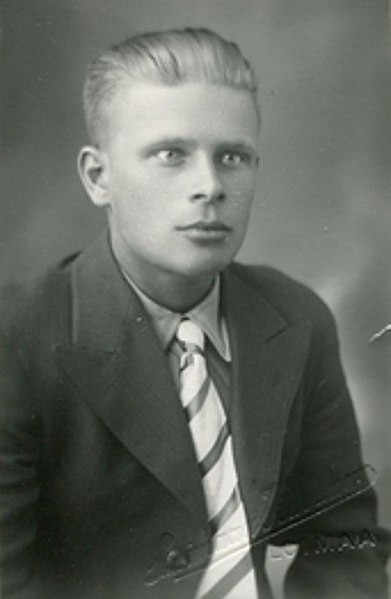A Hero’s Meth-Induced Journey
During World War II’s tumultuous era, Finland faced a series of complex challenges, including repelling a Soviet invasion, aligning with Germany to invade the Soviet Union, and eventually joining forces with the Allies against Germany. Amidst this chaos, the extraordinary survival tale of Aimo Koivunen stands out, epitomizing the unpredictable nature of war.
A Near-Lethal Decision

In the midst of a Soviet ambush, Koivunen faced a life-or-death situation. Desperate to escape, he resorted to a drastic measure – a near-lethal overdose of methamphetamine. The drugs provided him with the stamina to cover vast distances, but the consequences were perilously close to fatal.
A Fateful Ski Patrol
The backdrop of Koivunen’s odyssey was the snowy terrain of Lapland on March 18, 1944. Leading a Finnish ski patrol deep behind enemy lines, he found himself surrounded by Soviets. What ensued was a race for survival, with gunfire piercing the silent, snow-covered landscape.
The Pervitin Boost

Struggling under the weight of his responsibilities, Koivunen recalled a package of Pervitin, a stimulant provided to the squad in Finland. Initially hesitant, he succumbed to the dire circumstances and ingested an astonishing 30 pills of pure methamphetamine, setting off a chain of events that defied all expectations.
A Lone Journey
The aftermath of Koivunen’s impulsive decision left him unconscious but still skiing. When he regained awareness, he discovered he had covered 100 kilometers and was completely alone. With no ammunition or food, he relied on skis and his meth-induced energy to brave encounters with Soviet troops and even survive a landmine explosion.
The Will to Survive
As Koivunen’s journey continued, his appetite slowly returned, but the harsh winter in Lapland offered limited sustenance. Despite the odds, he survived sub-zero temperatures, Soviet patrols, and the aftermath of a meth overdose, eventually reaching Finnish territory after crossing 400 kilometers.
Methamphetamine in World War II
Koivunen’s extraordinary story sheds light on the use of performance-enhancing drugs in World War II. The Nazis, in particular, relied on methamphetamine, distributing Pervitin to millions of soldiers. Otto Ranke’s testing paved the way for soldiers marching through nights without sleep. Yet, Koivunen remains the sole known survivor of a meth overdose behind enemy lines.
Conclusion
Aimo Koivunen’s survival against all odds is a testament to human resilience in the face of extreme adversity. His meth-fueled journey, though unconventional, highlights the complexities and challenges faced by soldiers during wartime. Koivunen not only endured the war but lived into his 70s, leaving behind a legacy of unyielding determination.
FAQs
- Did Aimo Koivunen’s squad survive the Soviet ambush?
- Unfortunately, Koivunen was separated from his squad during the escape, and their fate remains unknown.
- How did Koivunen manage to survive a landmine explosion?
- Koivunen’s survival after the landmine explosion is a remarkable feat, attributed in part to his meth-induced state and sheer determination.
- What were the long-term effects of Koivunen’s meth overdose?
- Despite surviving the overdose, Koivunen experienced significant weight loss and sustained a shockingly high heart rate.
- Were other soldiers during World War II known to use methamphetamine?
- Yes, both Axis and Allied troops used methamphetamine as a stimulant during the war, but Koivunen’s survival after an overdose is unique.
- How did Koivunen’s story impact discussions around drug use in the military?
- Koivunen’s story serves as a compelling case study, prompting discussions on the risks and benefits of using stimulants in wartime scenarios.


